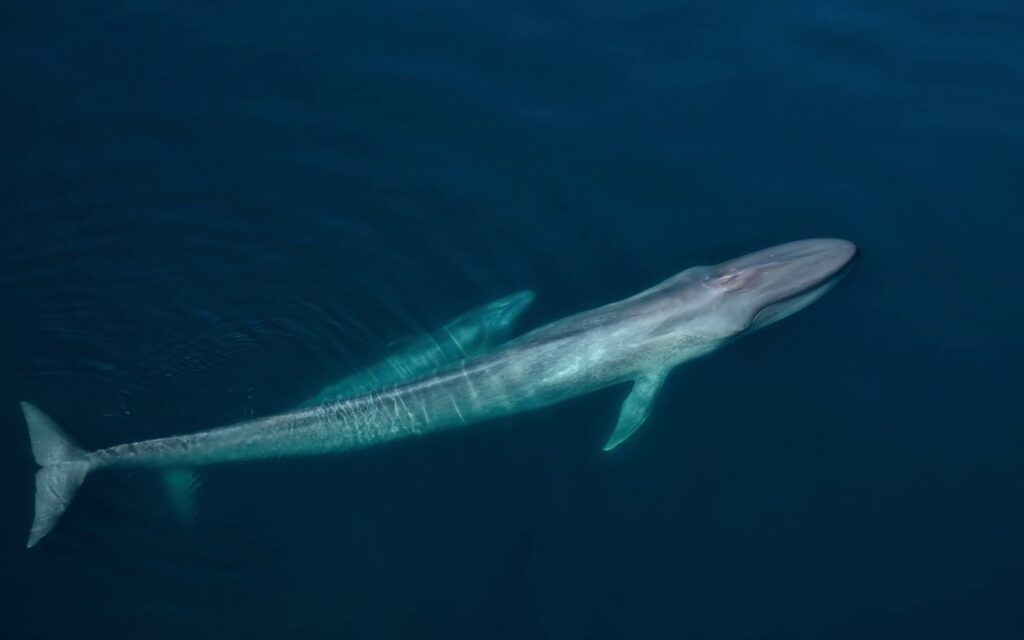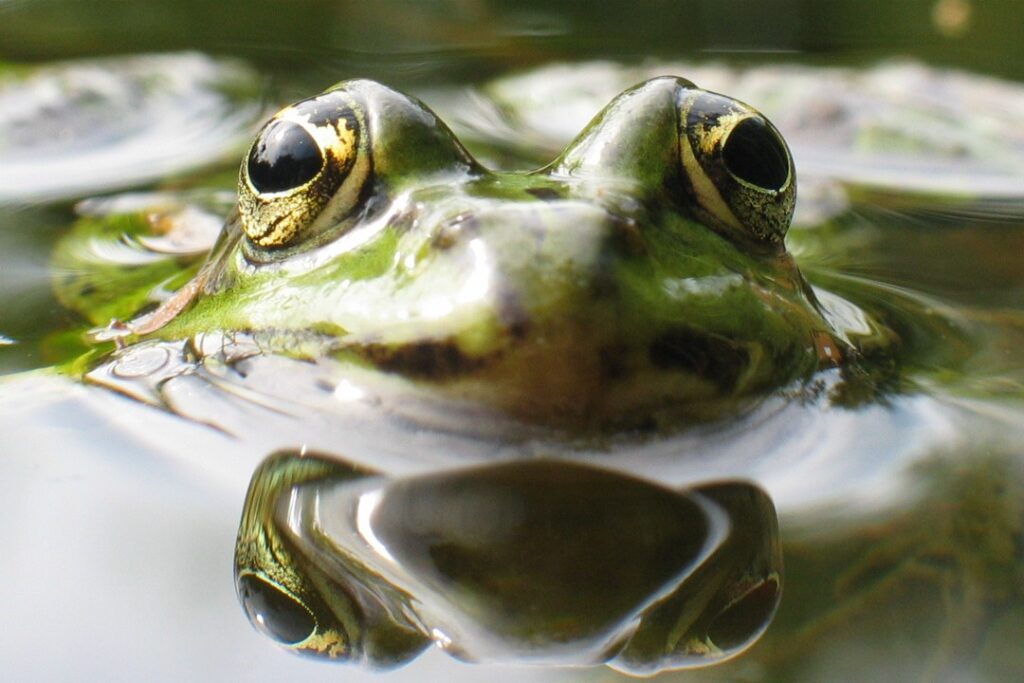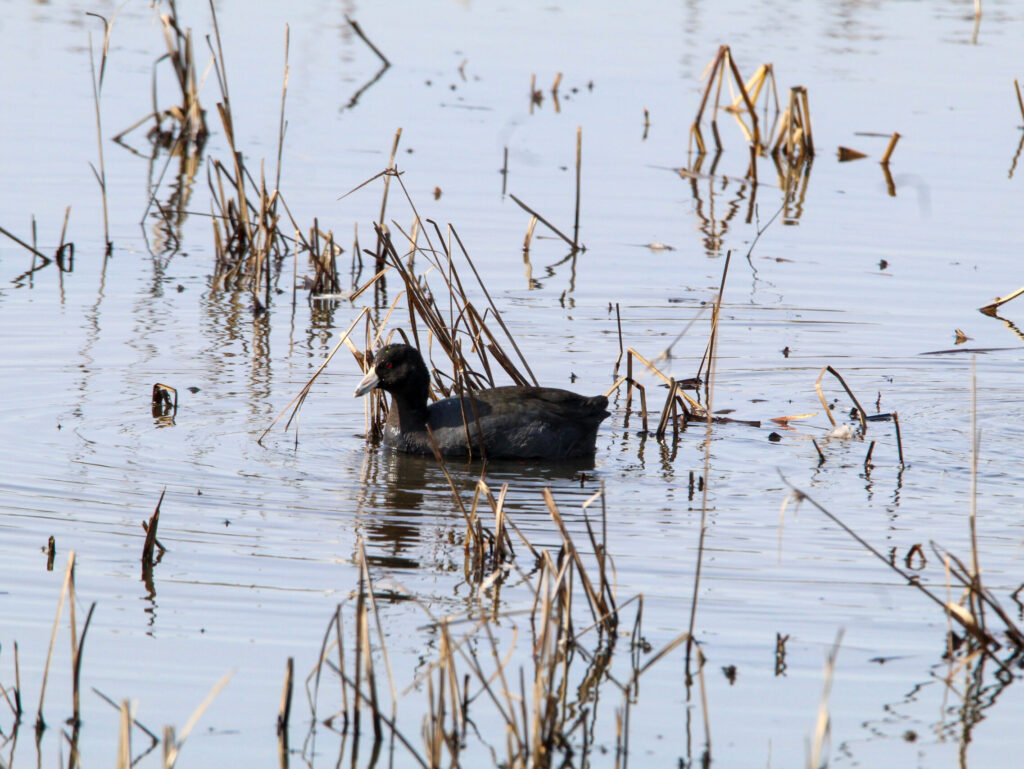The North American Beaver
Author
Posted
Share

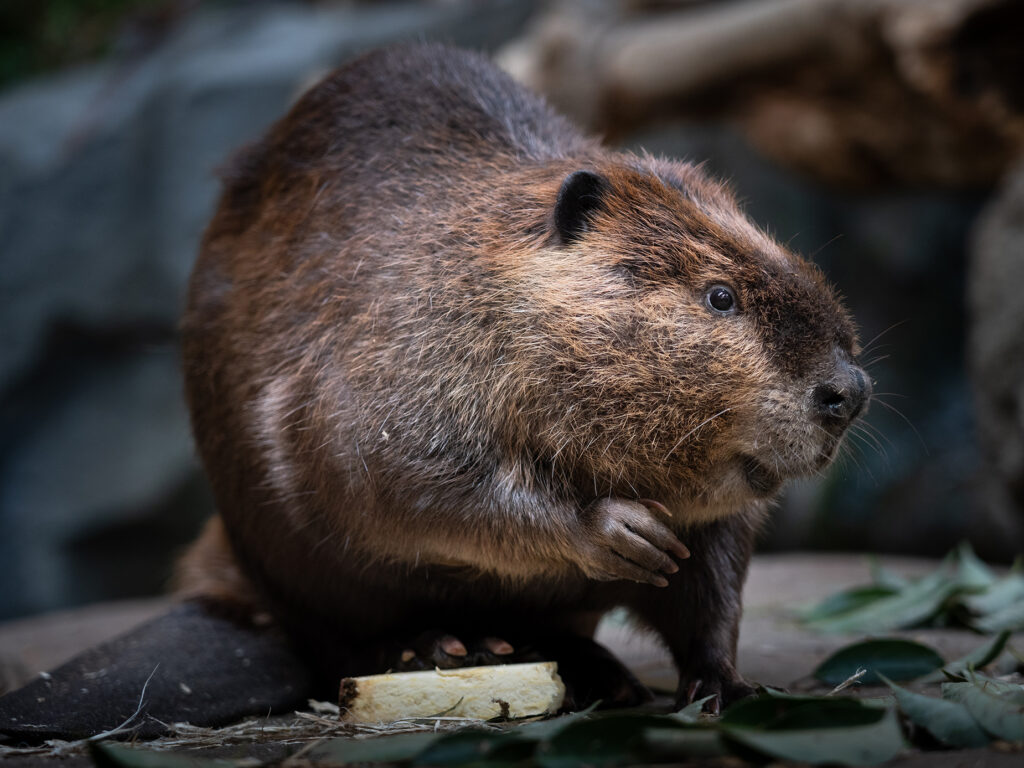
Who’s our long-in-the-tooth friend who lives down by the river? Of course, it’s Oregon’s state animal—the beaver.
What do beavers look like and what do they do?
North America’s largest rodent, Beavers have webbed hind feet, a paddle-shaped tail, and thick fur coated in waterproof oil. They can grow to four feet and weigh in excess of 65 pounds! Their teeth grow continually, which is why they love cutting down trees—to grind them down. Their habitat includes water and trees such as cottonwood, alder, willow, and maple which they eat and use to build shelter. Beavers build dams in streams to create ponds where they are free from predators. They often live in bank dens with an underwater entrance.
Beavers construct cozy homes, aptly called lodges, in the middle of ponds, away from predators. These lodges, made from sticks, mud, and grass, can endure for up to 30 years! It’s not just about durability; these lodges offer warmth during winter, with temperatures inside maintaining a toasty 85°. If you ever stumble upon a beaver lodge, watch for melted snow at the top—a sign that it’s occupied.
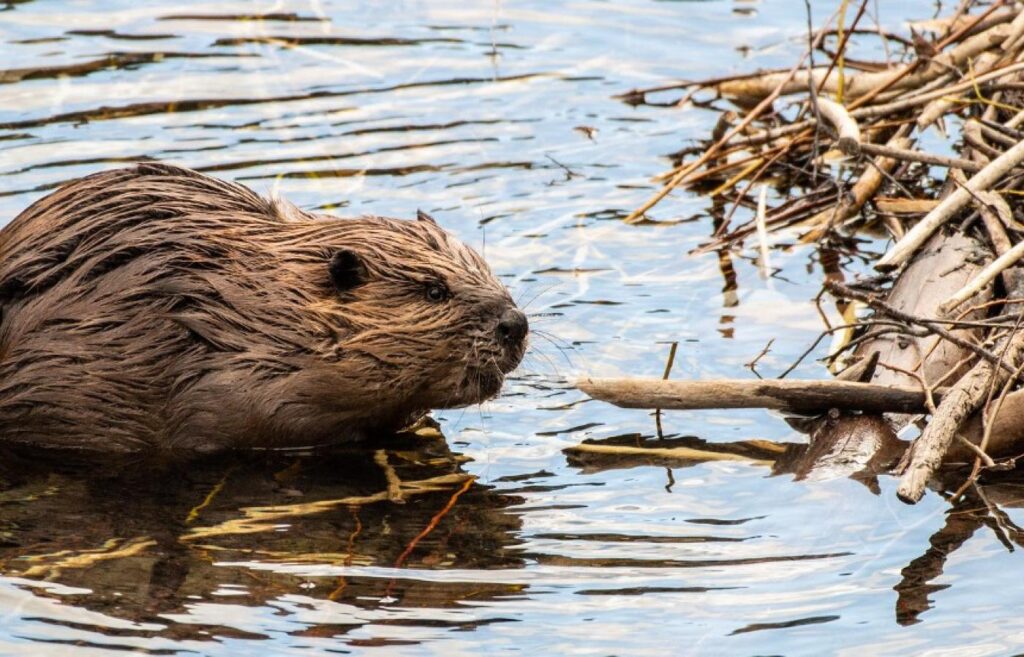
When it is wildfire season, their great senses and “water engineer” job kick in and start forming ponds and digging canals, where their dams act as fireproof shelters for plants and animals. Burns here in Oregon have shown time and time again that the area around beaver dams offers a green oasis after the fire.
Check out this animation on how beavers prevent wildfires.
Bill 3464: The Beaver Bill
As of July 2024, this bill changed the state fish and wildlife’s classification of these architecture-minded critters from predators to “furbearers:” animals whose fur has commercial value. Effectively, this prevents private landowners from hunting beavers at will.
Our partners like the City of Gresham and Clean Water Services have been examining the benefits of beavers on ecosystems for several years and found that the pros outweigh the cons. Among the pros, researchers have found that the presence of beavers improves water clarity and lowers river temperature, both of which are crucial factors for successful salmon spawning. Young salmon rely on beaver ponds for their first year before they go out to sea.
Several Oregon land management agencies have benefited from the expertise of a wildlife consultant working to reduce conflicts between humans and beavers, using affordable and creative solutions to encourage beaver activities in areas where damming is less likely to cause a problem.
To learn more, check out Beaver State Wildlife Solutions.
Want to learn more about beavers?
Check out how to build a strong relationship with your local beavers here.

Related Posts
Blue Whales
A Mysterious Sighting In late June of 2025, marine biologist Carrie Newell witnessed a rare…
Importance of Clean Water for Amphibians
This post is part of our collaboration with Portland State University and Dr. Alida Cantor’s…
American Coot
Is that a duck or a chicken? Actually, it’s an American Coot! The most aquatic…


